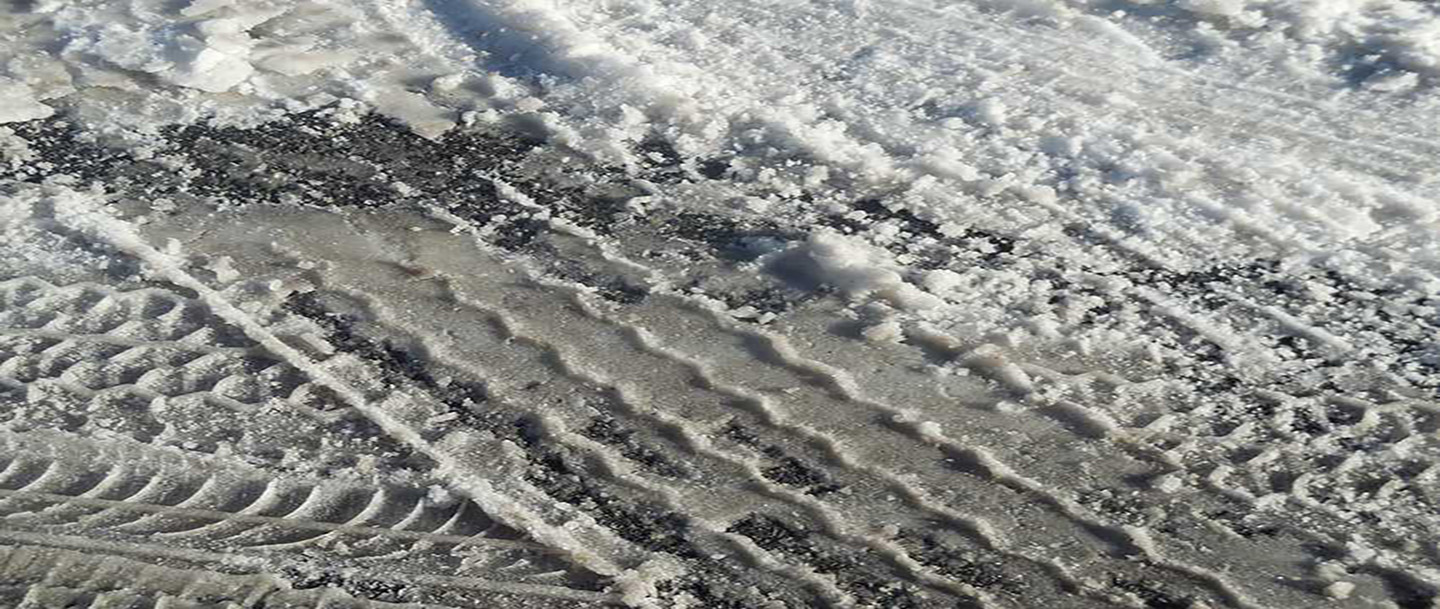With colder weather approaching, and memories of last year’s freezing snow and ice, you may be thinking about buying winter tyres – but are they worth the investment? Our guide explains what winter tyres are, the pros and cons of having them, and some cheaper alternatives for occasional cold spells.
What are winter tyres?
Winter tyres give better traction and handling in cold weather. They’re made from a softer compound of rubber, which stays flexible in cold temperatures, and the tread is designed to disperse water and snow – giving better handling and braking on slippery roads. And, as they’re not considered a modification, they don’t affect the price of your insurance.
If you’re buying winter tyres, always check for the snowflake symbol, which shows they’ve passed strict performance tests in harsh winter conditions. Tyres with a ‘M+S’ (mud and snow) mark may be listed as winter tyres but haven’t been through the same rigorous testing.
Pros
Winter tyres perform best at temperatures below 7°C, giving more grip, better handling and shorter stopping distances than normal tyres – even when there’s no snow or ice on the road. In fact, tests by the British Tyre Manufacturers’ Association (BTMA), showed shorter stopping distances of up to 11 metres when winter tyres were used.
| Conditions | Winter Tyres | Summer Tyres |
| 5°C Wet 60mph | 65.7m | 70.5m |
| Icy Road 20mph | 57m | 68m |
| Snowy Road 30mph | 35m | 43m |
*Braking distance data from BTMA
So, with average winter temperatures below 6°C for the last 100 years, it may make sense to swap tyres each winter – you’ll get improved handling and save wear and tear on your summer tyres.
Cons
The biggest consideration is cost – according to our research, a set of 4 winter tyres will set you back around £200, depending on your car and the quality of tyre. Plus, you’ll need to invest in a second set of wheels, or have your tyres swapped twice a year. You’ll also need to consider where to store the tyres you’re not using – if you don’t have the luxury of garage space then a ‘tyre hotel’ at a local tyre fitter is a good option.
Are they compulsory?
In many parts of mainland Europe, winter tyres are compulsory due to the harsh weather conditions, so always check local laws if you’re planning a trip abroad. In the UK, however, we don’t tend to experience long or frequent spells of severe weather – so, for many drivers, the cost and hassle of a second set of tyres doesn’t stack up. To decide if you should make the investment, think about how confident you are driving in colder conditions, plus the likelihood and severity of bad weather where you’ll be driving.
Other options
Winter tyres are the best option for winter driving conditions, but If you’re struggling to justify the cost, there are other, cheaper alternatives.
- Snow Chains – give extra grip, however they can be tricky to fit and can only be used when there’s a layer of snow or ice protecting the road.
- Snow Socks – are made from high-grip fabric – they are easier to fit than snow chains but are less hard wearing.
- All weather tyres – a compromise between summer and winter tyres, providing better control without the hassle of changing tyres twice a year.
There’s more to driving in adverse winter weather than the right tyres – for more advice check out our winter driving tips. And remember in severe weather, only travel if you have to, and make sure you have breakdown cover just in case you get stuck.

